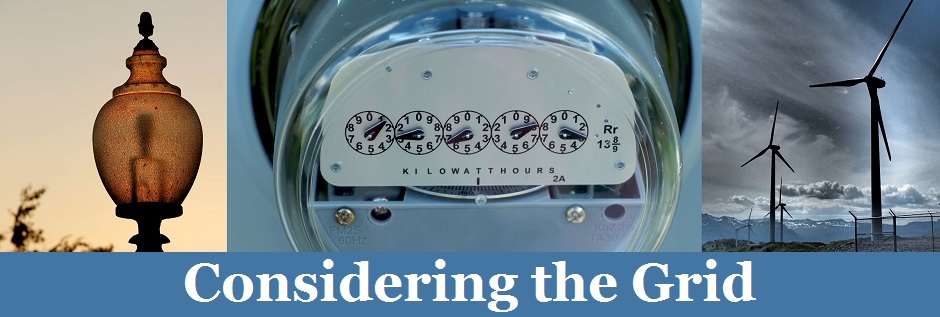Earlier this week the Hawai‘i Governor David Ige signed into law the Hawai‘i Ratepayer Protection Act, SB 2939 SD 2, requiring the Hawai‘i Public Utility Commission (“PUC”) to develop a performance based regulation model that will “break the direct link between allowed revenues and investment levels.”
In enacting the legislation, the Hawai‘ian Legislature recognized that integrating more renewable resources into the grid and reducing carbon emissions affects the traditional utility business model. Under the traditional cost-of-service model, a regulated distribution utility’s earnings are based on its revenue requirement and the size of its load from which it recovers that requirement. The revenue requirement, in turn, is based on a combination of:
- The utility’s operating costs (e.g. more consumption = more fuel = higher costs);
- A return on its rate base which is largely derived from the level of prudent capital investment that the utility had made, or was expecting to make, in plant and other assets (higher investment = higher return); and
- The recovery of depreciation expenses on those capital investments.
The Hawai‘ian Legislature expressed concern that in transitioning energy generation to renewable energy, utilities are reducing their fossil fuel purchases, but will be spending more on capital projects. The bill states that “[t]he legislature is concerned that the existing regulatory compact misaligns the interests of customers and utilities because it may result in a bias toward expending utility capital on utility-owned projects that may displace more efficient or cost-effective options, such as distributed energy resources owned by customers or projects implemented by independent third parties.” The Legislature “concludes that it must ensure a change to the regulatory compact to promote decisions and strategies that will maximize public benefit, reduce ratepayer risk, and meet Hawaii’s energy goals.”
While other states and public service commissions have adopted various performance based regulation mechanisms, this law earns Hawai‘i the distinction of becoming the first state to enact legislation to decouple a utility’s revenues from its capital investments.
The Act directs the Hawai‘i PUC to establish by January 1, 2020 “performance incentives and penalty mechanisms that directly tie an electric utility revenues to that utility’s achievement on performance metrics.” These metrics are to include, but not be limited to:
- Certain economic incentives or cost-recovery mechanisms;
- Volatility and affordability of electric rates and customer electric bills;
- Electric service reliability;
- Customer engagement and satisfaction, including customer options for managing electricity costs;
- Access to utility system information, including, but not limited to, public access to electric system planning data and aggregated customer energy use data and individual access to granular information about an individual customer’s own energy use data;
- Rapid integration of renewable energy sources, including quality interconnection of customer-sited resources; and
- Timely execution of competitive procurement, third-party interconnection, and other business processes.
The Act does not apply to member-owned cooperative electric utilities.

